Watch: How did Maya civilisation change?
Jade Skirt in AD732: Look at our beautiful city of Yax Mutul. I imagine our people will live here for hundreds of years. But who knows what the future holds?
Jade Skirt in 1150: We now live further North than my ancestors, in new cities like Chichén Itzá.I’m not exactly sure why we had to move. Some say it was a change in weather.
Or that we farmed the land too much. Terrible diseases. Or because our cities fought so much!
Jade Skirt in 1750: So much has changed. The Spanish arrived and destroyed our cities and built their churches – sometimes on top of our pyramids!
They made us work on huge farms and even burnt our books.
But we still try hard to keep our traditions alive.
Present Jade Skirt: And that’s the story of my people. Over the years people moved from villages to modern cities, making it difficult to continue some of our traditions. Which is why I’m telling you our story.
Hopefully you will now tell it too.
What happened to the ancient Maya?
From around 1517 - 1697 Spanish invaders (conquistadores) started to destroy the Maya cities and people.
The Spanish were armed with artillery, steel swords and muskets (guns) the Maya had only spears, bows and arrows.
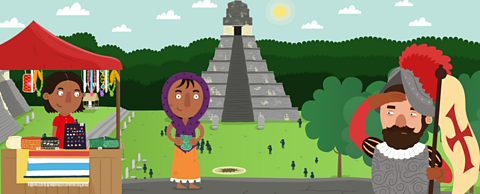
The invaders brought diseases which were new to the Maya. They also tried hard to remove all traces of Maya culture over the following centuries.
Did Maya culture and society survive?
The Spanish conquest resulted in centuries of cruelty towards the Maya people, causing their population to get smaller. In spite of this, many Maya people kept some of their traditions.
The remote villages continued the Mayan beliefs and language. In the late 19th and early 20th century, people began to study the Maya culture. So Mayan people tried to keep their way of life.
Watch: Maya remains
Jade Skirt: Many hundreds of years from now, I hope people will still be able to admire the things we Maya create.
(SHOUTS) Like our incredible temples.
Oh look… the scribe is writing a book.
The books are sacred and reading them brings the spirits of our ancestors to life.
Our books are made from tree bark, with the covers made from the skin of a powerful animal.
Scribe: Shhh!
Jade Skirt: These books may not last forever, so we also carve our writing into stone.
We also have other types of art too…our pottery, our jewellery, our amazing mosaic masks.
Surely though, our roads will survive the longest.
They run through the forests - connecting our cities.
Our warriors use these roads… Arrggghhh! But we also use them to send important messages and trade our goods.
Jade’s Brother: [GROWLS]
Jade Skirt: Ooo, that’s my brother. I should be at home.
Deer: [SPLAT]
[FLY BUZZING]
Buildings
The Maya people built many cities, temples, pyramids, palaces and gateways in stone which have been uncovered and excavated.
Each region and city had different building materials, limestone or volcanic materials. There were complex networks of defensive walls and ditches, brightly coloured with paint.
What do they look like now?
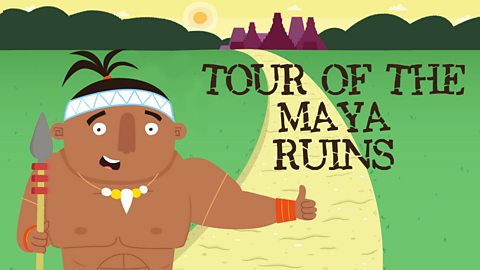
Image caption, Take a look at some of the fascinating ancient ruins from around the Maya world.
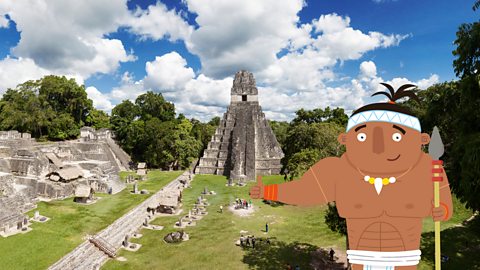
Image caption, This is the city of Tikal. Many years ago it would have been called 'Yax Mutal' and was home to thousands of Maya people. 'Yax Mutal' was one of the most powerful cities of the ancient Maya.
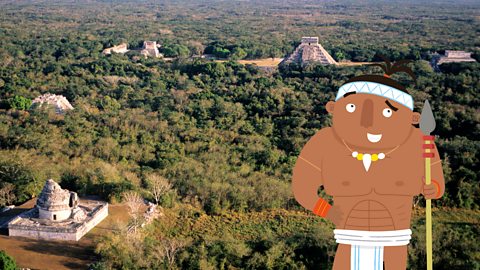
Image caption, Here is a bird’s-eye-view of Chichén Itzá, one of the largest cities in the Maya world. Many people now consider it to be one of the Seven Wonders of the World!

Image caption, You are now standing in Palenque, which the ancient Mayas called 'big water' or 'Lakamha'. It’s smaller than Tikal and Chichén Itzá , but it was ruled by one of the most famous Maya kings: Pakal the Great.
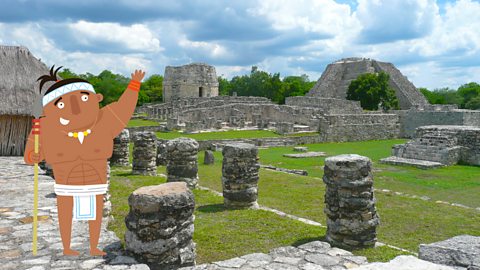
Image caption, You’ve now arrived in Mayapan, one of the last great cities of the ancient Maya. Its name means 'flag of the Maya people', and it was the capital of a powerful union of states that eventually included Uxmal and Chichén Itzá.
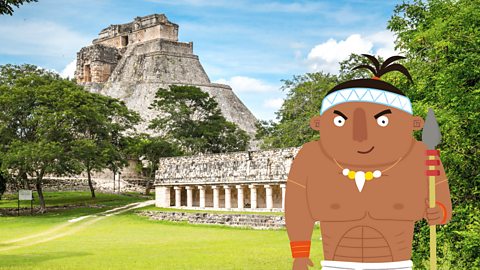
Image caption, This is Uxmal. In the background, you can see the Pyramid of the Magician. It gets its name from many ancient myths. One myth tells of how the magician-god, 'Itzamna', built the pyramid all by himself in just one night!
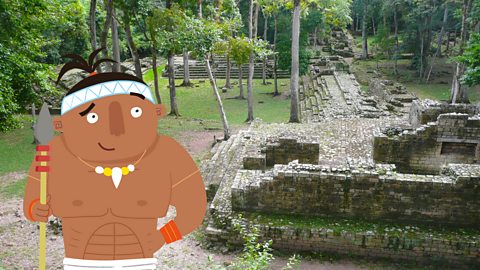
Image caption, This is Copan! The ancient inhabitants of this once powerful city probably called it Oxwitik. Today, this area is inhabited by the Ch’orti’ people, whose language (also called Ch’orti’) shares many similarities with the traditional Mayan language.
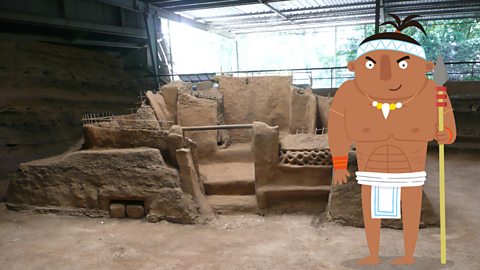
Image caption, In the seventh century, this village was buried under ash when a nearby volcano erupted. The ash preserved buildings meaning we get a unique look at how ordinary people lived at the time. We call this village Joya de Cerén or Pompeii of the Americas!
1 of 8
Weapons

Stone blade points used as weapons have been found.
Images show kings and warriors in body armour with swords and shields and tell us about what they wore in battle.

Writing
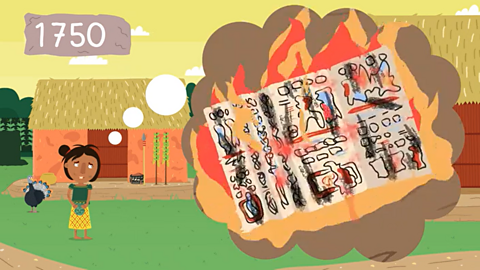
Mayan writing was the most sophisticated system in Mesoamerica, dating back to 300 BC.
Mayan script survived on stone inscriptions (‘stelae’), frescoes, ceramic vessels, wooden lintels and cave walls.
The Spanish conquistadors tried hard to destroy all evidence of Maya writing in the 16th century and only three books survive, a tiny fraction of all their writing.
What about the Maya today?
Today there are over seven million Maya people, most of whom live in Central America and southern Mexico.
There are 250 museums around the world with Maya items in their collections.
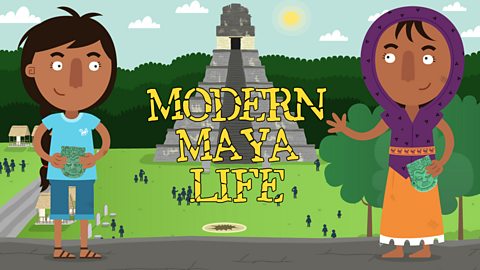
Image caption, Explore modern Maya life by clicking through the images.
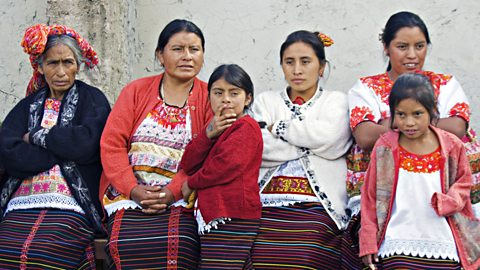
Image caption, Here we meet three generations of Maya women from the Ixil community, who live in the Quiché region of Guatemala.
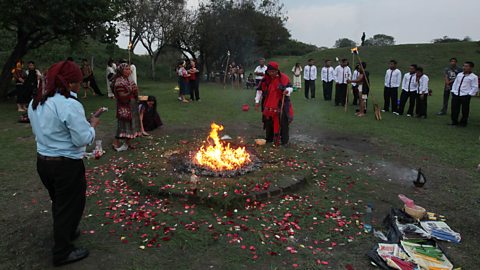
Image caption, This image shows a Maya elder leading a spiritual ceremony. As part of the ceremony, people burn candles to give thanks, remember the dead and pray for good fortune.
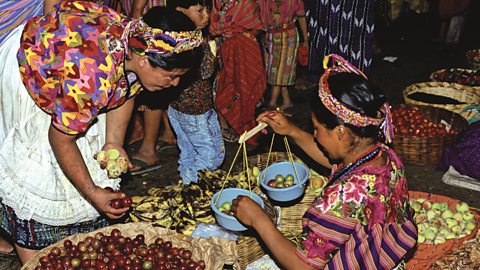
Image caption, Trade is still very important for the Mayas. Here we see people trading goods at a local market in Guatemala.
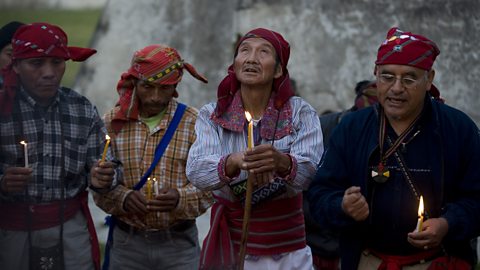
Image caption, Four Maya priests take part in a ceremony in Huehuetenango, Guatemala.
1 of 5
There are currently 31 different Mayan languages being spoken today.
However, these languages are becoming endangered because of discrimination. Sometimes people won’t even be offered jobs if they speak a Mayan language!
To keep these languages alive, some people write literature in Mayan languages as well as Spanish, so that their culture will not die out forever.
Activities
Activity 1: Quiz – Remains of the Maya
Activity 2: History Explorer game
Play this game to test your knowledge and learn even more facts about the ancient Maya.
History Explorer: Secrets through time
History Explorer: Secrets through time: KS2 History
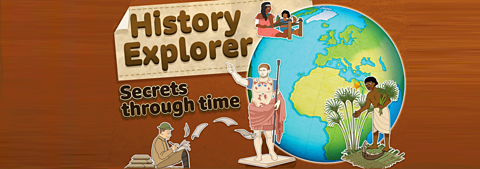
SAT’s preparation resources. activitySAT’s preparation resources
Get ready for the SATs papers with videos, activities, quizzes and games to refresh your knowledge and practise your skills.

More on Maya Civilisation
Find out more by working through a topic
- count11 of 20
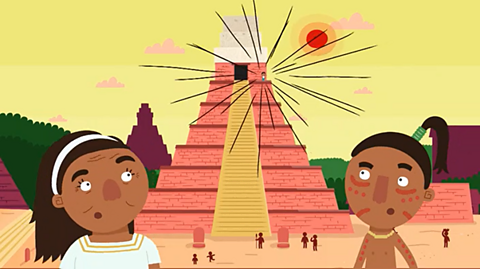
- count12 of 20
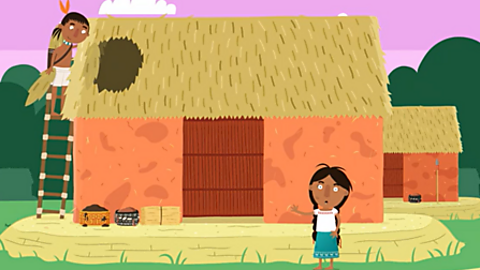
- count13 of 20

- count14 of 20
